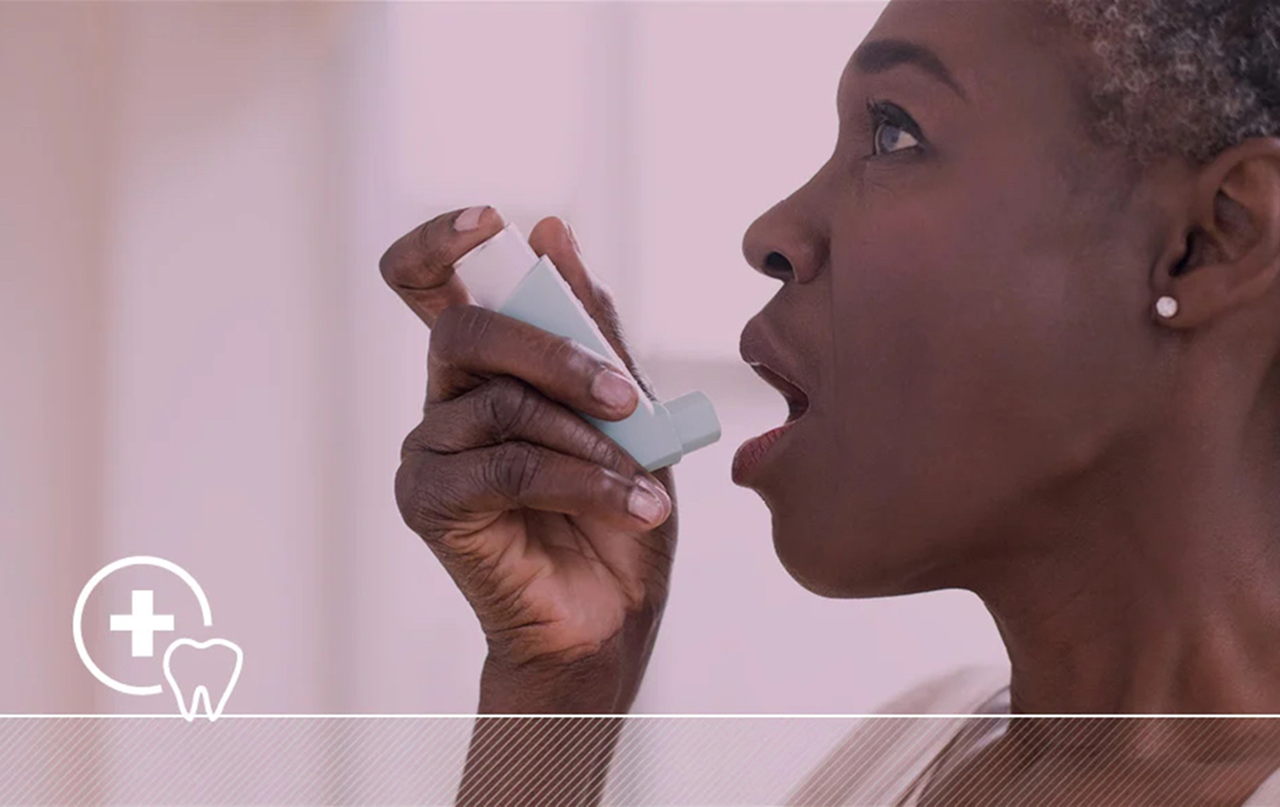Fear of needles – trypanophobia – is quite common. Recognition of a patient’s fear of injections is paramount in preventing stress-related medical emergencies. Front-office personnel may be asked questions by a patient regarding injections, for example, “Does the doctor give good shots?” This information should be communicated to the doctor prior to local anesthetic administration.
Not infrequently, patients will ask their doctor or hygienist: “Do you have to give me a shot to do this?” or say, “I hate getting shots, but once I’m numb I’m OK.”
"...the two most important factors patients consider when choosing a dentist are treatment that doesn’t hurt; and a painless injection technique."
In a 2004 paper, Jennifer De St. Georges noted that the two most important factors patients consider when choosing a dentist are (1) treatment that doesn’t hurt; and (2) a painless injection technique.9
Stress-induced medical emergencies during local anesthetic administration can be prevented (or minimized) by: (1) positioning of the patient for the injection, and (2) the use of sedation.
POSITIONING: Syncope occurs when a needle-phobic patient receives an injection while seated in an upright position; this can be treated by repositioning the patient into a supine position with their feet elevated slightly – thereby increasing blood flow to the brain. The dental chair is ideally suited for this position. Consciousness is usually regained within 10 seconds. Syncope can be prevented by placing the patient in the supine position (or as close to supine as the patient will allow) prior to the injection of local anesthetics.
SEDATION: Dentists have at their disposal many means of allaying a patient’s fear and anxiety. Common techniques include iatrosedation and pharmacosedation.10
- Iatrosedation is defined as nondrug techniques of relaxation, and include the doctor’s chairside manner; audio (music); video; and increasingly, virtual reality glasses.
- Pharmacosedation techniques include minimal sedation with nitrous oxide and oxygen, orally administered drugs (e.g., triazolam), and intravenous moderate sedation.
